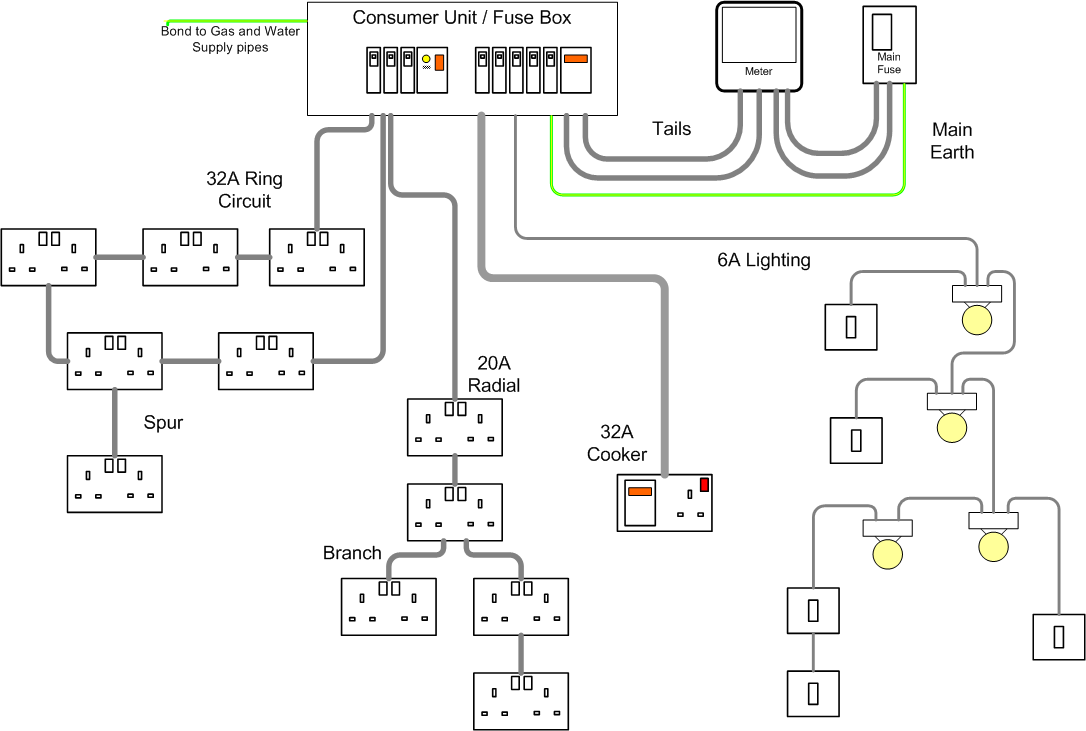As long as they both go in parellel, I've seen no issues.
I don't have any calipers with me, but from the looks of it your panel bausbars are thinner.
How old is your home panel and its breakers? If over 30 years old replacing it would not be a dumb move.
I still don't think they would be allowed. Jraef would know the full details, but IEC breakers in the US are only listed as supplementary over current devices or something to that effect. I may start a thread on that as I am just as curious as you...
In Europe with full house RCD or RCBO, where do they put the circuits of their lightings. Must a room with the lights and outlets be in the same circuits from load side of an RCD or GFCI? You may say should be separated so during lights out from one RCD tripping, the room still has outlets. But then won't it be better to install an emergency light plugged to an outlet in the room so in case the lights go out, at least the back up emergency lights would light up? If the lights and outlets were in different GFCI or RCD circuits. Then the emergency lights won't turn on. I've been thinking about this for days. Presently one 5mA 60A Siemens 2-pole GFCI breaker in the main breaker of my full house GFCI protection has the following loads:
1. 2.5 Hp room 1 aircon
2. 1.5 Hp room 2 aircon
3. 1 Hp room 3 aircon
4. Ground floor, 2nd floor and attic lights
5. attic outlets
6. kitchen outlets
7. Room 4 outlets
8. water pump
9. Sala 2Hp aircon
10. Washing machine
Each has separate breaker. But they are all served by one 5mA 60A Siemens GFCI breakers. So far it has not tripped even a single time.
If it trips, all the lights go out. However, the second floor outlets were in different GFCI breaker load out (30A). This won't turn on any emergency lights plugged into the outlets. If they are in the same circuits. The emergency lights would turn on when lights go out during a GFCI leakage current trip in one of the appliances. In Europe. How do they arrange the lights? Or maybe they plug the emergency lights right to the lighting circuit itself? How? Other ideas where to put lights in a full house RCD or GFCI protection dwelling?













